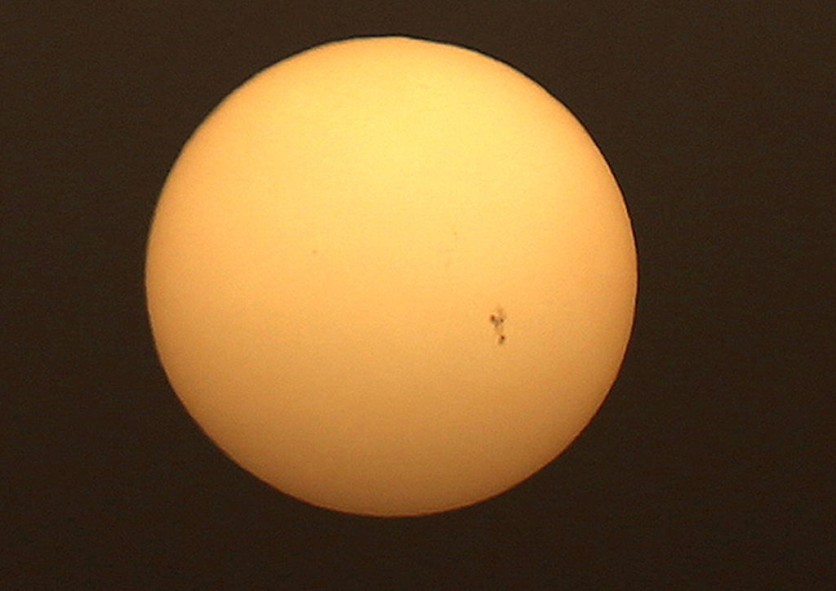A new study by Stanford University astronomers show that the sun can be used as cosmic telescope to view earth-like planets in space.
The study suggests that astronomers could eventually get better and more accurate exoplanet imaging with a resolution a thousand times greater than the Event Horizon Telescope.

Alex Madurowicz, Macintosh's co-author and graduate student and Slava Turyshev of NASA's Jet Propulsion Laboratory realized that the calculus in gathering images of other planets in space could change.
They encountered a problem, though. Because the sun is slightly oblong instead of perfectly spherical. This means that if the target planet aligns well with the sun's equator as seen from the focal-region telescope, the product will not form an Einstein ring, but a cross, four asymmetrical copies of the planet around the perimeter of the sun.
Madurowicz found that by exploiting the asymmetry, the scanning process to reconstruct an exoplanet undistorted image could be eliminated. "You don't have to move around inside the image. You can just stay in one spot," he said.
However, Turyshev remains skeptical about this. According to him, the idealized technique for image reconstruction would need to overcome possible interference that will arise from the sun's brightness and its seething outer atmosphere, which is the corona.
"It would be nice if the sun would just be dark, right? Their paper is wonderful, but it's a theory," Turyshev said.
Another astronomer at the Paris Observatory, Jean Schneider has a different alternative to solar gravitational lensing, and that is through the hypertelescope.
The hypertelescope envisions the detection of exoplanets' surface features through space-based fleets of many meter-scale mirrors flying in formation to create virtual telescopes bigger than any single one ever could be.
However, Aki Roberge, a NASA Goddard Space Flight Center astrophysicist points out that astronomers are not even sure if there is another world like our own out there at all. Therefore, direct imaging is the only way to find out.
Also Read: The Sun's New Photo is Unlike Anything Seen Before, ESA uses its EUI for the Stunning Image
Is There Hope?
The Astro2020 Decadal Survey may be the best near-term hope may be what will give answers to astronomers. The survey is a once-a-decade roadmap that guides US astronomy and included in the latest roadmap is a concept for a space telescope with a mirror more than six meters wide to gather optical, infrared, and ultraviolet light that is intended to launch in the early 2040s.
Will there be hope to see earth-like planets out there today? Or is using the sun a bit far-fetched?
Related Article: New Exoplanet Class Called 'Hycean Worlds' Yield Great Promise for Habitability
This article is owned by TechTimes
Written by April Fowell
ⓒ 2025 TECHTIMES.com All rights reserved. Do not reproduce without permission.




